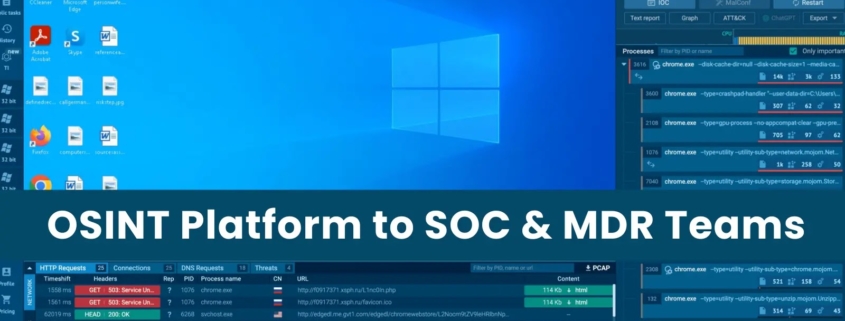CISA Launches New System for Automated Malware Analysis
The Cybersecurity and Infrastructure Security Agency has unveiled Malware Next-Gen, a new platform designed to provide automated analysis of newly identified malware to support threat detection and response efforts.
Malware Next-Gen works to enable government agencies to submit malware samples and suspicious artifacts for automated analysis to inform their cyber defense initiatives, CISA said Wednesday.
“Our new automated system enables CISA’s cybersecurity threat hunting analysts to better analyze, correlate, enrich data, and share cyber threat insights with partners. It facilitates and supports rapid and effective response to evolving cyber threats, ultimately safeguarding critical systems and infrastructure,” said Eric Goldstein, executive assistant director for cybersecurity at CISA.
Since November, Malware Next-Gen has analyzed over 1,600 files from nearly 400 registered users from defense and civilian agencies and has identified and shared approximately 200 suspicious or malicious files and uniform resource locators.
The Potomac Officers Club will host the 2024 Cyber Summit on June 6 to hear from government and industry experts about the dynamic and ever-evolving role of cyber in the public sector. Register here!




